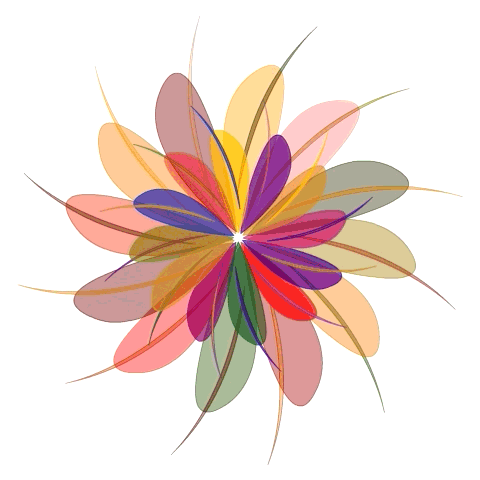“the crossroads between time and eternity”
Peter Ackroyd


The parish of St Giles
The Church of St Giles-in-the-Fields originally a leper hospital was founded by Queen Matilda in the early 1100s.
The hospital and church were dissolved during the reformation, the chapel was rebuilt in the 1600s and again in 1731-3 by Henry Flitcoft.
To the West side of the church is a gateway built in 1800 by WIlliam Leverton. Above the gate a carving shows the Resurrection. This is a cast of a much earlier original oak panel kept safe inside the church possibly carved by someone called Love in 1687.
Traditionally convicted criminals were often allowed to stop at St Giles en route to Tyburn Tree an execution site by today’s Marble Arch for a final drink – a “St Giles Bowl” – before hanging. The Angel pub claims that it once gave the condemned their final draught (there’s been a pub here since the 18th century at least but the current Sam Smiths pub is 19th century).
“Upon this site in the first years of the twelfth century, were established a chapel and a hospital for lepers; they were dedicated to St. Giles, himself the patron saint of lepers. The establishments lay among fields and marshes, their contagion kept apart from the city. But St. Giles was also the intercessionary saint for beggars and cripples, for those afflicted with misery or those consigned to loneliness. He himself was lame, but refused to be treated for his disability in order that he might practice self-mortification all the more fervently.”
“The invocation of sorrow and loneliness, first embodied in the twelfth-century foundation, has never entirely left this area; throughout its history it has been the haunt of the poor and the outcast. Vagrants even now roam its streets and close to the church there is still a centre for the homeless.”
London The Biography by Peter Ackroyd
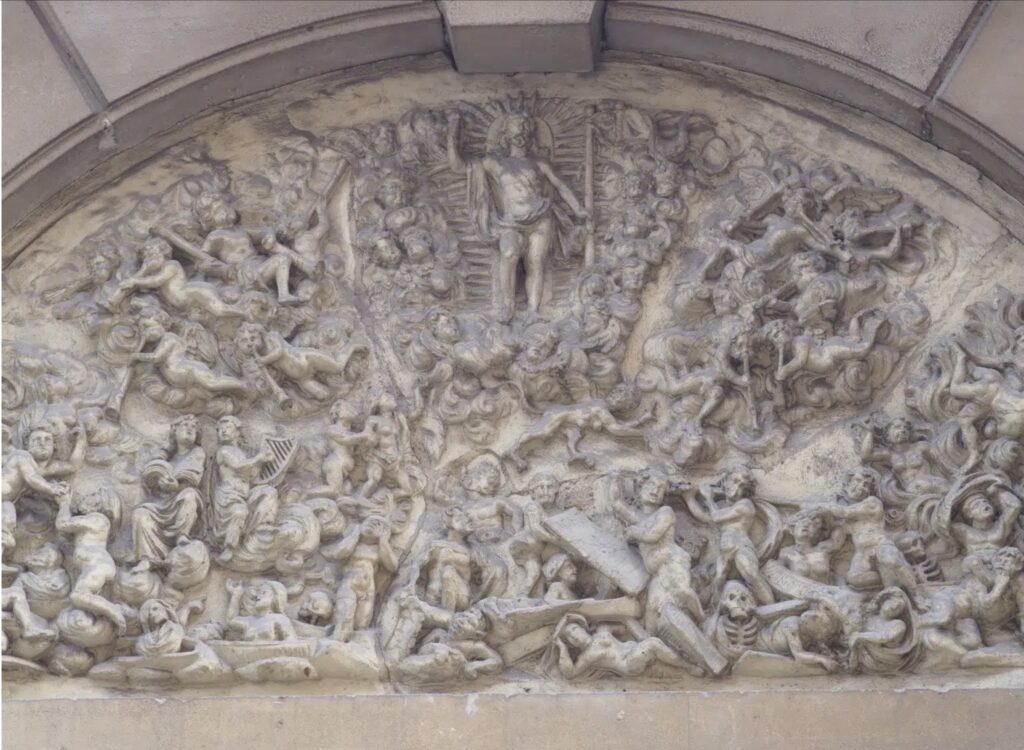

Resurrection Chant
At the edge of the city
Where once were fields
Before Tyburns end
A thicket of hoodied rooks
with crooked carrion eyes.
This is no mans land.
At the crossroads
the devil awaits.
Homeless
Outcast
seek sanctuary here.
Cross the threshold
through Resurrection Gate.
A boundary held
outside the law.
Another language
a different tongue.
The altar is adorned with flowers sweet
The wounded king is gathered home
The cup is drunk
The sacrifice taken
in Phoenix fire
Return to centre.
The circle is complete.
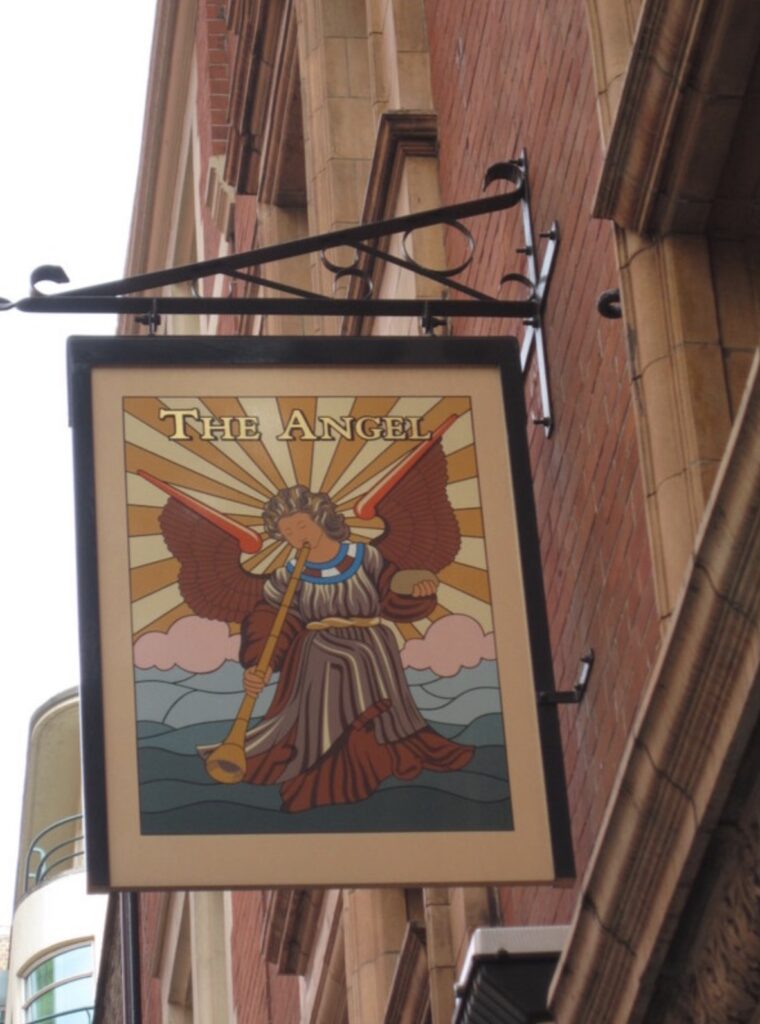
Billy Waters
Billy Waters (c.1778–1823) was born into enslavement in 1770s New York during the War of Independence. He was a seaman in the Royal Navy and lost his leg as a result of falling from the topsail yard of the ‘Ganymede’ in 1812. Unable to serve at sea, he became a famous London street entertainer and was often to be seen busking with his fiddle to support his family. He had a wife and two children to support,[5] and in the 1810s and 1820s[6] he would busk outside the Adelphi Theatre. Billy Waters became London’s most famous street performer, celebrated on stage and in print. Waters featured in Pierce Egan’s ‘Life in London’ (1820–21) and was one of the characters illustrated by George Cruikshank. Indeed, Waters appeared in several Cruikshank cartoons, including ‘The New Union Club’ (NMM, ZBA2498). Waters ended his days in St Giles’s Workhouse, having fallen ill and been forced to pawn his fiddle. He was elected ‘king of the beggars’ shortly before his death.
To find out more about his life Dr Sam Willis spoke with Mary Shannon, author of the excellent book Billy Waters Is Dancing. https://snr.org.uk/the-mariners-mirror-podcast/king-of-the-beggars-the-extraordinary-life-of-billy-waters/
Painting of Billy Waters by David Wilkie
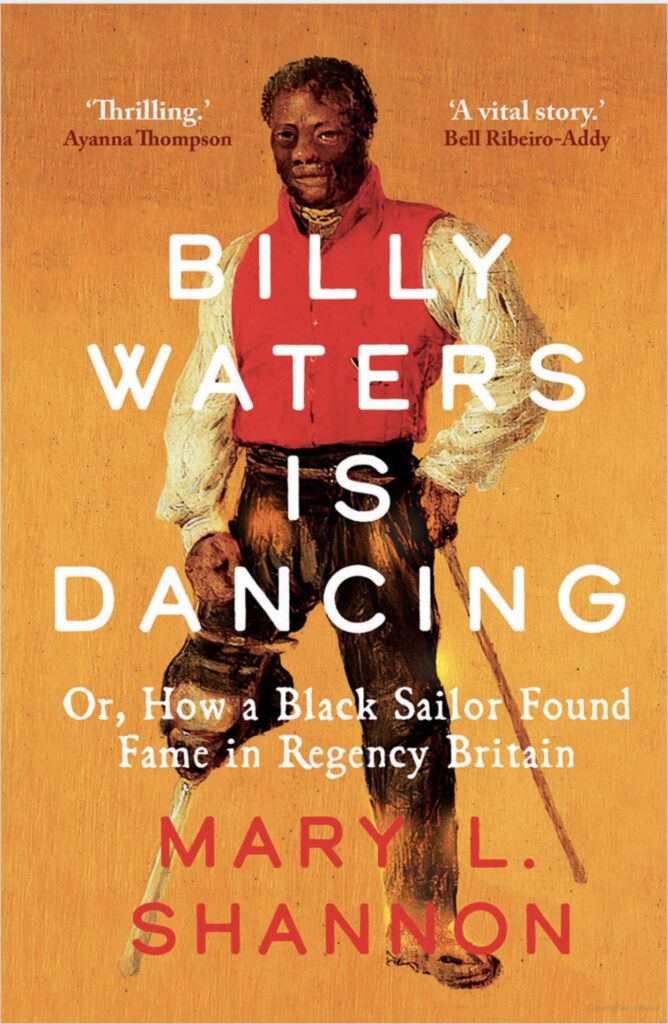
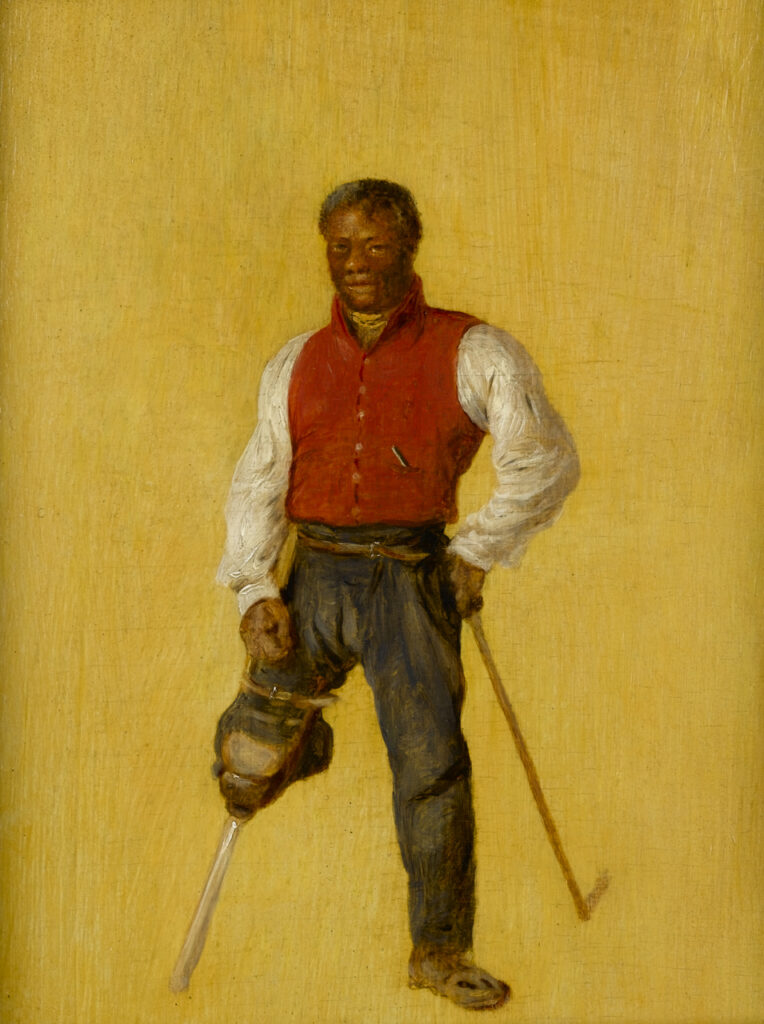
Phoenix Gardens
established in 1984. Located in St Giles behind the Phoenix Theatre. The Garden was set up on a carpark in the 1980s, which had itself been established on a World War II bombsite (the site was bombed in 1940). Prior to this the Garden was the site of many houses, including a pub. The garden was under threat of closure in 2016, and was closed for an 18-month renovation. It reopened in 2017.
The Phoenix Garden is the last of the Covent Garden Community Gardens. There were originally seven gardens, created by the local community on vacant lots in the 1970’s and 80’s. There was a Japanese Garden, a Water Garden and a Chess Garden among them. The last of these closed for development in the 1980’s.
It has beautiful Echium flowers which are the central ‘tree’ part of my design.
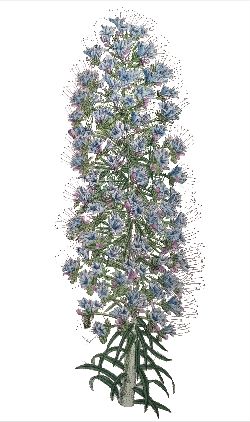
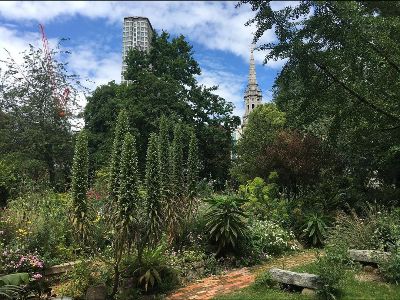
Centrepoint
https://centrepoint.org.uk/about-centrepoint
In the centre of London’s Soho in December 1969, the Revered Ken Leech opened a night shelter in the basement of his church to give homeless, young people a safe place to sleep. Towering over Soho was the Centre Point building, left empty to make money for property developers. Incensed by this “affront to the homeless”, Ken Leech called his shelter Centrepoint.
In the 70s it was one of the highest buildings in the West End and a guiding beacon.
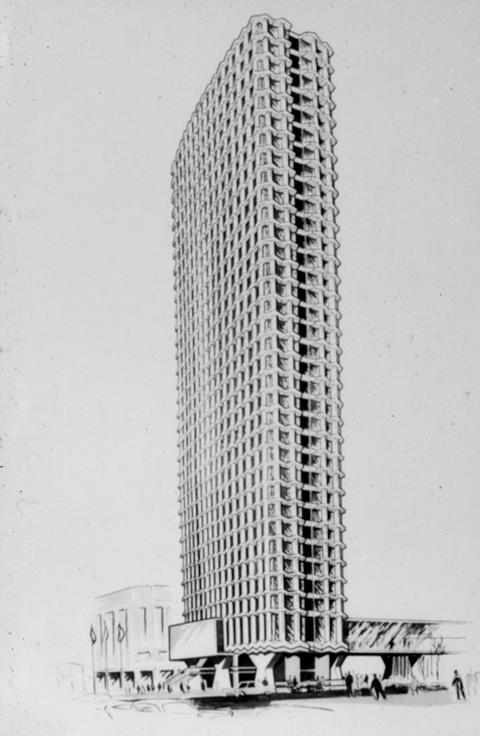
Some Artists images
Gin Lane by William Hogarth (1751)
William Hogarth, Thomas Rowlandson, and Gustave Doré, among others, drew the area, as did novelists Henry Fielding and Charles Dickens. Romance novelists Elizabeth Hoyt and Erica Monroe wrote about it extensively in their Maiden Lane and Rookery Rogues series, respectively.
The etching “Noon” from Four Times of the Day by Hogarth takes place in Hog Lane, with the church of St Giles in the Fields in the background. Hogarth would feature St Giles again as the background of Gin Lane and First Stage of Cruelty.Four Times of the Day
Flitcroft Street is the short street at the east end of Denmark Street, its most famous building with the huge door (theatre backdrops were painted here). Flitcroft Street is now home to Meanwhile, a gallery run by the Farsight Collective. I visited Artist and Historian Jane Palm Gold long term resident of the area https://janepalmgold.com/ and her emotive show in the gallery during the summer. She told me some tales…
Hogarth’s “Noon” from Four Times of the Day, showing St Giles church in the background
Four Times of the Day
Hogarth’s “Noon” from Four Times of the Day, showing St Giles church in the background

Gin Lane by William Hogarth (1751)
The etching “Noon” from Four Times of the Day by Hogarth takes place in Hog Lane, with the church of St Giles in the Fields in the background. Hogarth would feature St Giles again as the background of Gin Lane and First Stage of Cruelty.
Upon this site in the first years of the twelfth century, were established a chapel and a hospital for lepers; they were dedicated to St. Giles, himself the patron saint of lepers. The establishments lay among fields and marshes, their contagion kept apart from the city. But St. Giles was also the intercessionary saint for beggars and cripples, for those afflicted with misery or those consigned to loneliness. He himself was lame, but refused to be treated for his disability in order that he might practice self-mortification all the more fervently.
London The Biography by Peter Ackroyd
https://www.stgilesonline.org/history
https://en.wikipedia.org/wiki/St_Giles,_London
image
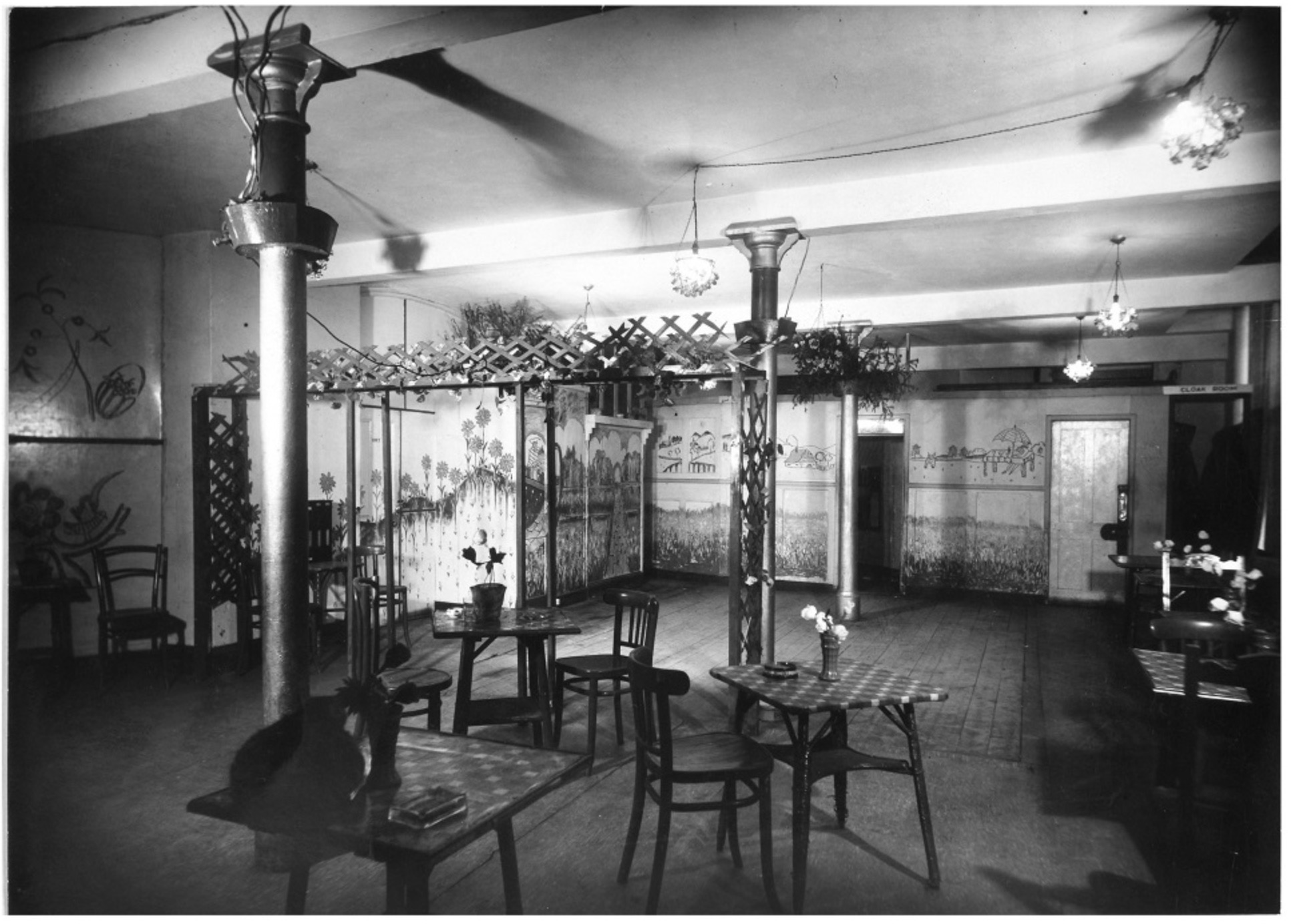
Billie’s Club
Flitcroft Street used to be known as Little Denmark Street. Peter Watts book, Denmark Street: London’s Street Of Sound, describes Billie’s, a legendary London gay club populated by musicians in the 1930s that was the subject of a homophobic police raid. Billie’s Club, run by club proprietor Billie Joyce, was located on 6 Little Denmark Street (now Flitcroft Street) and opened in October 1935. Criminal and prosecution files from this period provide a great insight into what Soho, and London’s queer scene, might have been like. They illustrate the risks involved, particularly for gay men, but also the escapism and fun that could be had. The files provide great details that evoke the atmosphere and music of the club, including photographs and plans of the interior.
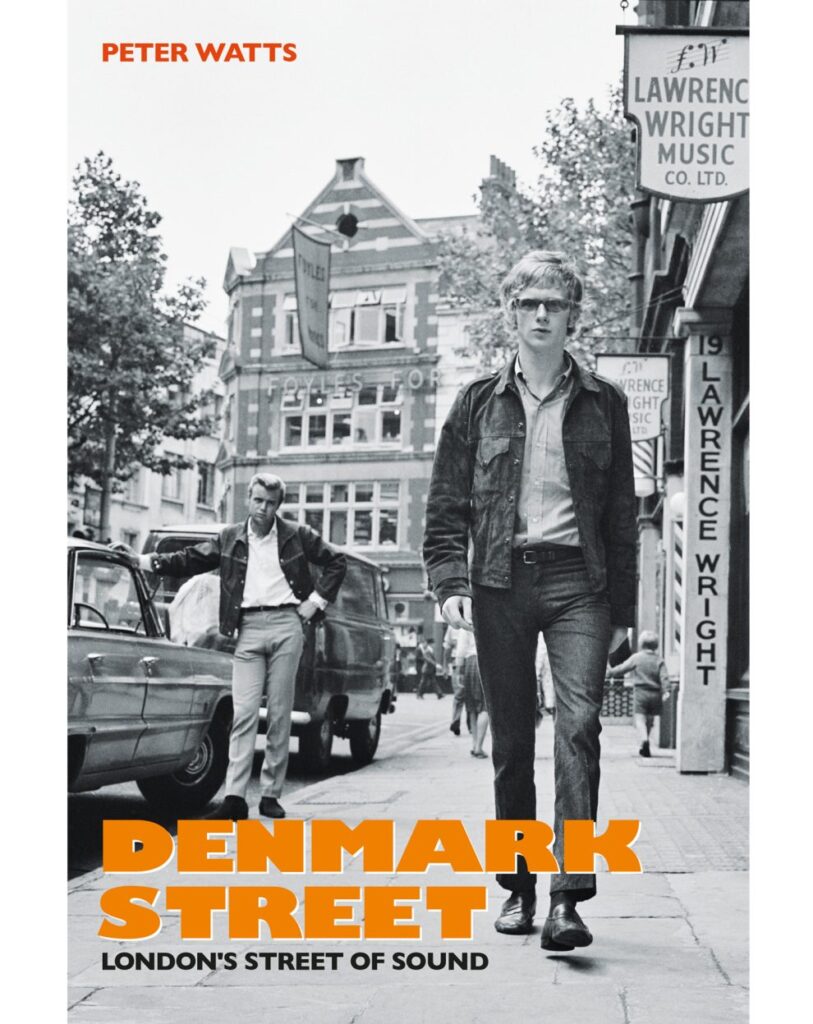
After the Restoration, the area was populated by Huguenot refugees who had fled persecution and established themselves as tradesmen and artisans, particularly in weaving and the silk trade.
Sometimes called Little Ireland or The Holy Land
Phoenix Street – named after an inn that formerly stood near here
Derek Jarman lived above the Phoenix Theatre
